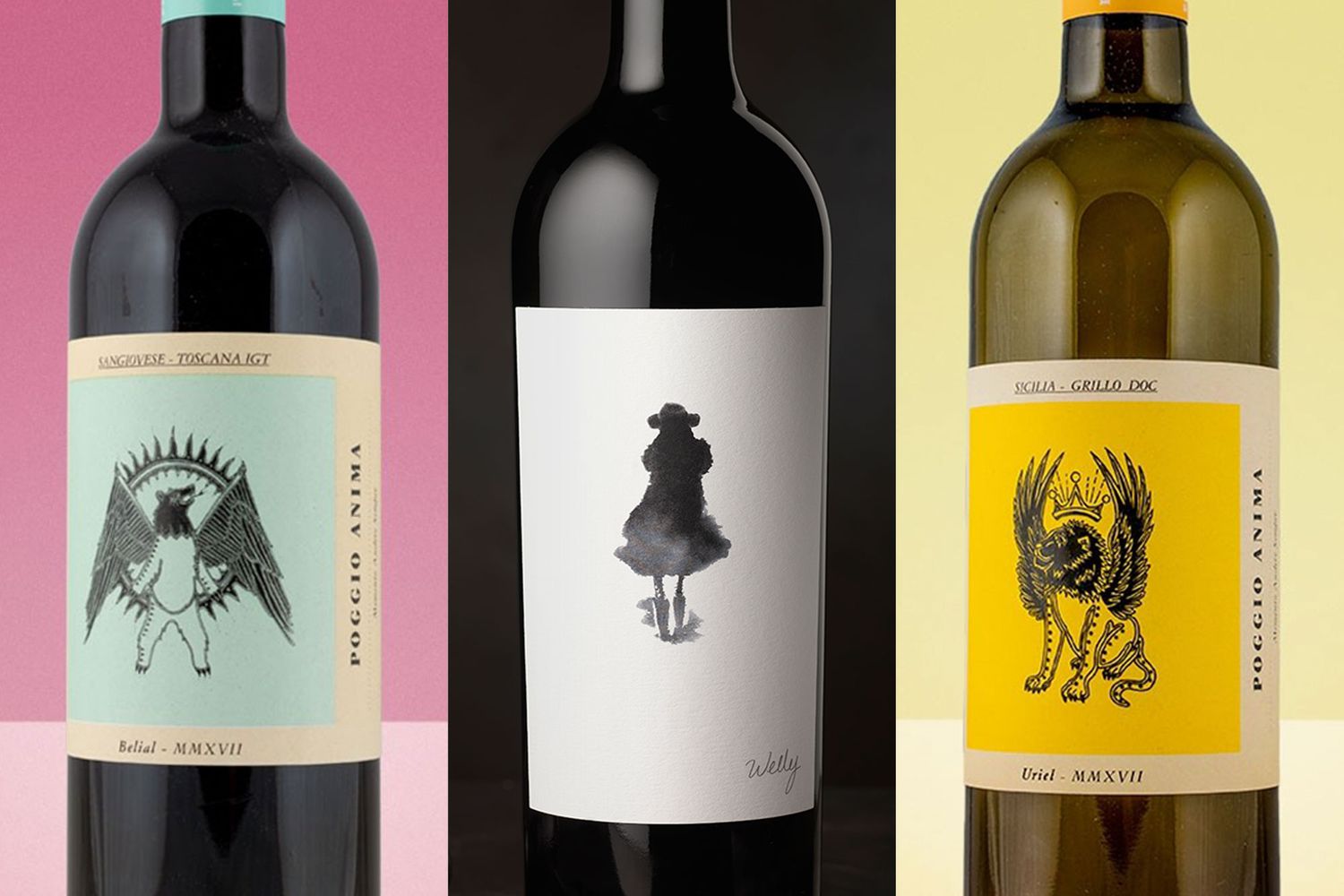In the nuanced world of wine production, every element from the vineyard to the bottle is curated with precision and care. Among these elements, the choice of paper for wine labels holds an unexpectedly significant place. This choice is not merely aesthetic; it influences consumer perception, brand identity, and even the sustainability footprint of the wine. In this exploration, we delve into why the material of wine labels is a critical decision for vintners and marketers alike.
The Influence of Paper Quality on Brand Perception
The tactile feel of a wine bottle often gives the first impression of a wine’s quality. High-quality, textured wine label paper can convey a sense of luxury and craftsmanship. In a competitive market, this initial perception can greatly influence consumer choice, making the selection of paper a key marketing strategy. The weight, texture, and finish of the label paper can align with a brand’s story, enhancing the connection between the product and its target audience.
Technical Considerations for Wine Label Durability
Wine bottles often face environmental challenges, from humidity in cellars to temperature fluctuations during shipping. The resilience of label paper against these factors is paramount. Specialized papers are engineered to withstand such conditions, ensuring that labels remain intact and legible. Durability of labels is not just about maintaining appearance; it’s about preserving the integrity of the brand and the vital product information that the label carries.
Enhancing Label Design with Innovative Paper Choices
The innovation in paper manufacturing has expanded the possibilities for label design. Vintners now have access to a wide array of paper types, each offering unique textures, colors, and finishes. This variety allows for a high degree of customization, enabling designers to create distinctive labels that stand out on the shelves. By carefully selecting a paper that complements the design, winemakers can create a label that truly represents the essence of their wine.
Environmental Impact and Sustainability in Label Production
The wine industry is increasingly embracing sustainable practices, and the choice of label paper plays a role in this movement. Eco-friendly papers, made from recycled materials or managed forests, are becoming more prevalent. These options not only reduce the environmental footprint of wine production but also appeal to the growing segment of eco-conscious consumers. By opting for sustainable label materials, wineries can demonstrate their commitment to environmental stewardship, adding an additional layer of value to their brand.
Practical Considerations for Label Application and Production
Efficiency in label application is critical for wineries, particularly those with high production volumes. The compatibility of label paper with bottling line equipment, including the use of wine label printer paper, is a practical consideration that can affect operational efficiency. Papers that are designed for easy application and strong adhesion reduce bottling line downtime and waste, leading to smoother operations and higher productivity.
The Role of Paper in Authenticity and Counterfeit Prevention
In an age where wine counterfeiting can be a significant issue, the choice of label paper can serve as an added layer of protection. Certain high-security papers are available that are difficult to replicate, incorporating features like watermarks and unique textures. By utilizing these specialized papers, wineries can help ensure the authenticity of their products, protecting their brand and consumers alike.
Customization and Personalization Trends in Wine Labeling
The trend towards personalized and small-batch wines has given rise to the need for more flexible labeling solutions. Digital printing on quality label papers allows for small runs of customized labels, enabling wineries to offer personalized products for special occasions or limited edition releases. This flexibility in production supports innovative marketing strategies, allowing brands to engage with consumers in unique and memorable ways.
Conclusion
The careful selection of paper for wine labels is a multifaceted decision that touches on aspects of marketing, production, and sustainability. High-quality label paper can elevate a wine’s presentation, enhance brand identity, and meet the practical demands of production and application. As the wine industry continues to evolve, the role of paper in label design remains a key consideration for creating products that resonate with consumers and stand the test of time.

